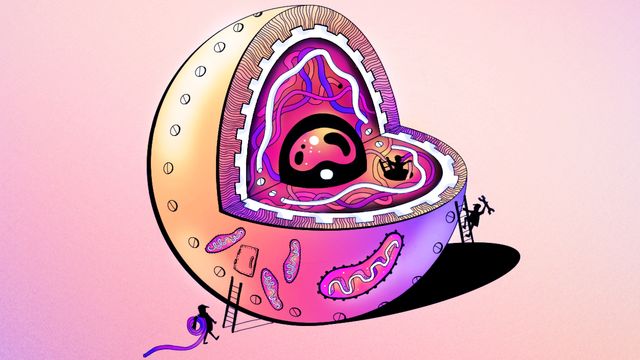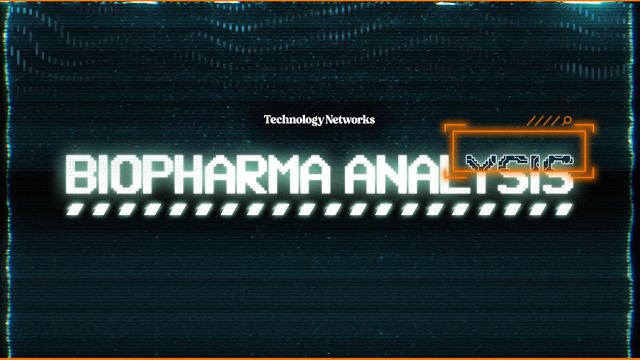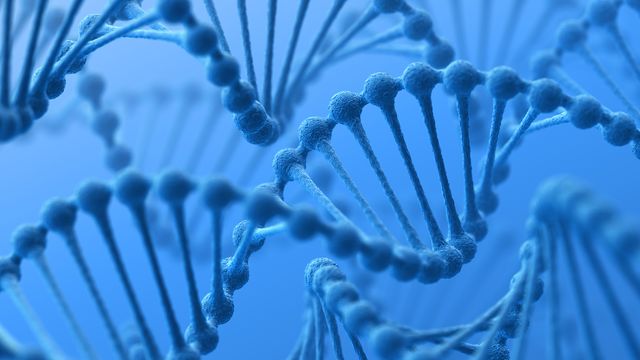Rapid Quantitation of AAV Capsids in Bioprocess Development for Gene Therapy Using Octet®️ BLI
Adeno-associated virus (AAV), with low immunogenicity and toxicity, has become one of the most promising viral vectors used for delivery of genetic material in gene therapy. AAV vector development and production at industrial scale requires an efficient method for accurate quantitation of viral capsids in both upstream and downstream bioprocessing.
Octet® Bio-Layer Interferometry (BLI) systems in combination with the Octet® AAVX Biosensors offer a rapid, label-free, and high-throughput method for quantification of AAV capsids. This video compares the Octet® AAVX biosensor workflow to that of ELISA at various stages in bioprocess development.
Learn more: https://www.sartorius.com/en/products/protein-analysis/octet-bli-detection/biosensors-and-kits/octet-aavx-biosensors
00:04 Meet Edward and Anne, scientists working in process development for a biopharmaceutical company developing gene therapies. Both are involved in the development of adeno-associated viral vectors, or AAVs. Ed works in upstream development, while Anne works on the downstream recovery and purification of biosynthetic products.
00:25 AAV capsid titer is a critical quality attribute that must be monitored throughout process development and the production of AAVs, but Ed and Anne take two very different approaches.
00:38 Ed uses an ELISA, which requires six steps and takes three to four hours to perform. Unfortunately, Ed’s latest ELISA run delivered inconsistent results, so he’s going to need to stay late, again, and redo the ELISA.
00:55 In contrast, Anne uses the Octet® Bio-Layer Interferometry platform in combination with the Octet® AAVX Biosensors.
01:04 The AAVX biosensor quantitation assay consists of a single step, and AAV titers can be measured in as little as 15 minutes, enabling near real-time decision making.
01:17 Anne leaves work at her usual time and enjoys the evening with friends and family.
01:24 Octet® AAVX Biosensors provide a rapid, direct and high throughput approach for the quantitation of AAV capsids in both crude and purified samples. The biosensors offer high precision and allow for quantitation of 10 different serotypes from AAV1 to AAV9 and AVVrh10.
01:47 Octet® BLI systems are fluidic-free and label-free, enabling non-destructive sample analysis. Anne uses the Octet RH96 system, which can analyze up to 96 samples simultaneously.
02:02 The next day, Ed and Anne meet at the water cooler. Ed mentions how he spent the evening re-running ELISAs and missed his daughter’s soccer game. Anne offers to share her secret for high throughput AAV capsid titers and provide a demonstration of the Octet® BLI platform. Ed states that he’s available now if she has the time. “No problem,” says Anne, and they walk to her lab.
02:28 For over 15 years, the industry-proven Octet® Bio-Layer Interferometry platform has pioneered real-time, robust, label-free analysis for the determination of affinity, kinetics, and analyte quantitation.
02:43 Explore Octet® AAVX Biosensors and systems by visiting our website.
Follow us on LinkedIn: https://www.linkedin.com/showcase/octet-affinity-binding-kinetics-and-concentration
#AAV #virus #ELISA





